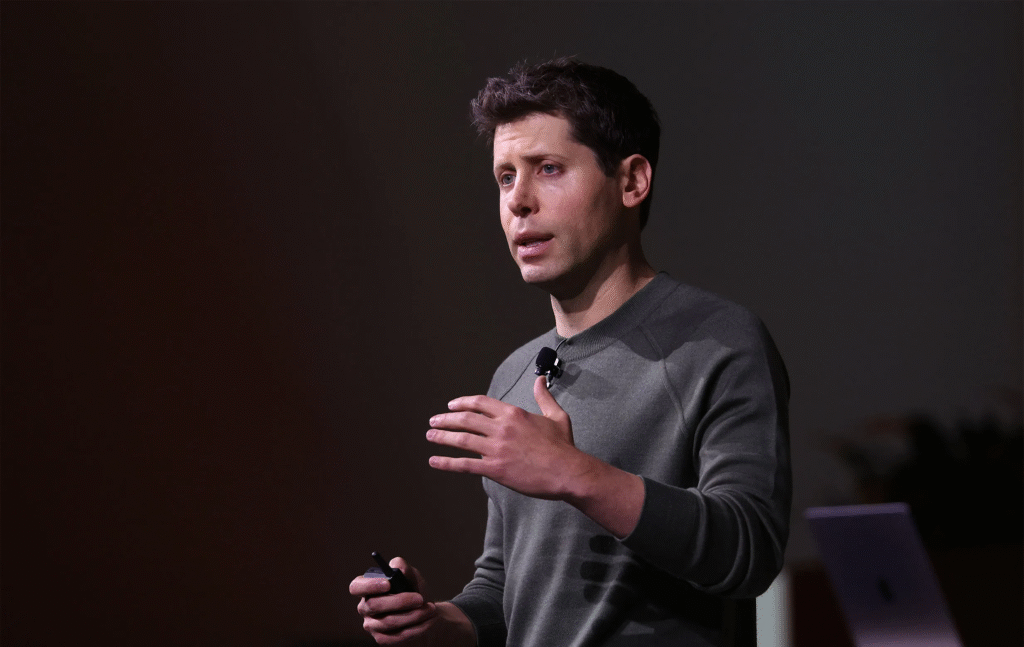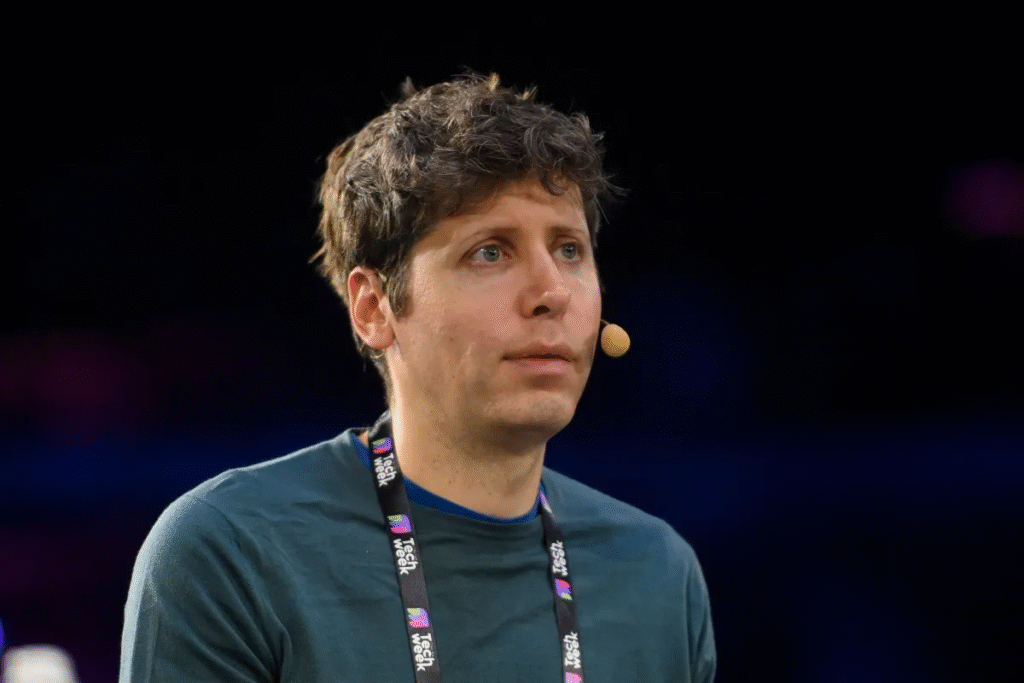DevDay 2025: OpenAI’s Biggest Stage Yet
OpenAI’s third DevDay lands Monday at Fort Mason, San Francisco, promising its “biggest event yet” with announcements, live demos, and a one-hour opening keynote from Sam Altman (10:00 a.m. PT / 10:00 p.m. PKT). Rumors swirl around an AI-powered browser, progress on the Jony Ive–collab hardware device, and possible GPT Store updates—though nothing is confirmed. Beyond the keynote, the vibe skews show-and-tell: Sora-generated short films at a pop-up “Sora Cinema,” plus a quirky phone booth that features a talking “living portrait” of Alan Turing.

For developers in the room, the agenda stacks practical signal: talks from OpenAI researchers and platform leads, and a “Developer State of the Union” with Greg Brockman and Olivier Godement (3:15 p.m. PT / 3:15 a.m. PKT, Oct 7) to demo new capabilities and chart the roadmap. The day closes with a fireside chat between Altman and Jony Ive on “building in the age of AI” (4:15 p.m. PT / 4:15 a.m. PKT, Oct 7). Only the opening keynote streams live; the other two headline sessions will be posted afterward.
Sora Hits No. 1 on the App Store
OpenAI’s video-generation app, Sora, shot to the top of the U.S. App Store charts shortly after launch—despite being invite-only and initially limited to users in the U.S. and Canada. The app packages prompt-to-video creation into a fast, social workflow with quick clips, built-in editing, and a creator-friendly feed that’s already buzzing with skits, product mockups, and ad-style shorts. It even supports “cameo”-style videos where users can appear in scenes if they opt in, hinting at a more personalized spin on AI video.

Momentum has been strong enough to leapfrog other AI assistants in the overall rankings, signaling clear demand for easy, social-ready video tools. The rapid climb also underscores a broader shift: mainstream creators want high-quality visuals without pro-studio overhead. If Sora sustains this pace, expect tighter safety controls, brand partnerships, and new tools for remixing trends—plus pressure on rivals to match both output quality and one-tap usability.
Anthropic Taps Rahul Patil as CTO to Supercharge Infra
Anthropic named former Stripe CTO Rahul Patil as its new chief technology officer, with co-founder Sam McCandlish moving into a chief architect role focused on pre-training and large-scale model training. Alongside the change, Anthropic is tightening the link between product engineering and the infrastructure/inference orgs; as CTO, Patil now oversees compute, infrastructure, inference, and broader engineering execution. Both Patil and McCandlish report to president Daniela Amodei.

Why it matters: Anthropic’s Claude usage has strained capacity—prompting stricter July rate limits for heavy users (e.g., weekly caps on Sonnet and Opus 4)—and the broader AI race is forcing labs to optimize speed, reliability, and power costs at massive scale. Patil brings two decades across Stripe (five years in senior technical roles), Oracle Cloud Infrastructure (SVP), Amazon, and Microsoft—experience Amodei cites as key to building “dependable infrastructure” for enterprise AI. Expect a push on inference efficiency, cost control, and platform stability as Anthropic squares off against rivals scaling multi-billion-dollar compute footprints.
Perplexity Makes Comet Free; Max Adds “Background Assistant”
Perplexity’s AI browser, Comet, is now free for everyone. Built on Chromium, it supports extensions and bookmarks but layers in an on-page sidecar that summarizes, extracts data, and helps you navigate any site. Comet Plus—Perplexity’s curated journalism bundle—is included with Pro/Max or available à la carte, giving the free tier a clear upgrade path. Pricing across the stack remains: Pro for consumers, Enterprise Pro for teams, and the $200/month Max plan at the top.

Max subscribers also get new “background assistants” that can run multi-step tasks while you browse (think: inbox drafting, scheduling, research digests), alongside early access to features and the recently launched Email Assistant. The push positions Comet less as a static browser and more as an agentic workspace—free for everyday use, with paid tiers unlocking continuous automation and premium content.
OpenAI Softens Sora’s Copyright Stance
OpenAI is shifting how Sora handles copyrighted material. After initial plans that effectively let copyrighted IP appear in Sora outputs unless rightsholders opted out, leadership signaled a course correction: giving studios and creators more granular control, including opt-in style permissions for recognizable characters and tighter guardrails around likeness and brand use. The company has also reiterated that Sora won’t generate content featuring public figures without consent.

Why it matters: this is a high-stakes tussle between rapid product rollout and creative-industry rights. The change reflects rising legal, regulatory, and reputational pressure as Sora surges in popularity. Expect a hybrid regime—clearer reporting tools, rights-holder dashboards, and possibly revenue-sharing pilots—aimed at balancing creator consent with Sora’s fast, social video-creation model.
